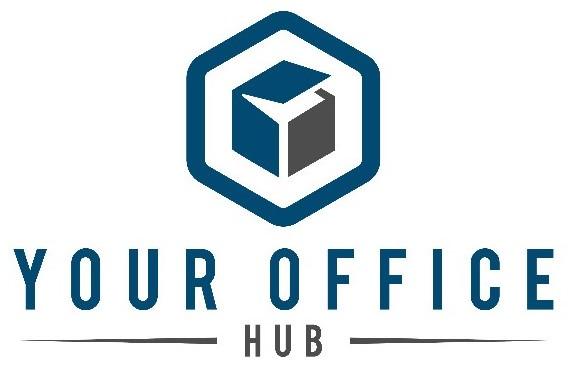In a striking demonstration of how far technology can be pushed beyond its conventional limits, YouTuber Michael MJD has achieved what many might consider unthinkable: installing Windows XP on an iPhone. This intriguing experiment not only showcases the versatility and power of modern mobile devices but also revives nostalgic feelings for an operating system that once ruled the computing world.
How Was Windows XP Installed on an iPhone?
Michael MJD used the UTM SE emulator, a powerful tool designed to run different operating systems on iOS devices through virtualization technology. This approach allowed him to effectively transform his iPhone into a host for Windows XP, creating a virtual environment where the operating system could operate independently of the iOS system.
Why Install Windows XP on an iPhone?
-
Technical Curiosity: At the heart of this experiment lies the spirit of innovation and curiosity. Pushing the boundaries of what's technically possible with current hardware, Michael MJD explored how operating systems designed for PCs could function on an entirely different platform.
-
Educational Value: The project provides valuable insights into the workings of emulators and virtual machines. For tech enthusiasts and students, it’s a practical demonstration of these technologies in action.
-
Nostalgia: Windows XP holds a special place in the hearts of many who grew up or started their tech journeys with it. Running it on a modern device like an iPhone is a fun and nostalgic nod to the past.
Challenges and Limitations
While the idea of running Windows XP on an iPhone is fascinating, it comes with its set of challenges:
-
Performance Issues: Given that Windows XP was not designed for mobile hardware, performance issues are inevitable. The operating system may run slowly or be less responsive, particularly on a platform that doesn't natively support it.
-
Functionality Restrictions: Certain features of Windows XP may not function correctly due to hardware and software incompatibilities. This can limit the practicality of using the operating system for anything beyond demonstration purposes.
-
Security Risks: Windows XP is no longer supported by Microsoft, which means it doesn’t receive security updates. Running an unsupported operating system, even in an emulated environment, can pose security risks.
Implications of Such Experiments
This project highlights the broader implications for the tech community:
-
Inspiration for Developers: It opens up new avenues for developers and tech hobbyists to explore unconventional uses of modern hardware, potentially leading to innovations that could benefit various tech fields.
-
Educational Tool: It serves as an excellent educational tool for those interested in the fields of software development, cybersecurity, and systems engineering, providing a hands-on approach to learning about operating systems and mobile technology.
-
Entertainment: It delivers unique content that entertains and engages audiences who are keen on technology and nostalgic computing.
Conclusion
Michael MJD’s project of installing Windows XP on an iPhone is a testament to human creativity and technical prowess. While it may not have practical applications for everyday use, the educational and entertainment value of such experiments cannot be underestimated. For those interested in the convergence of old and new technology or in emulating software on unconventional platforms, this experiment serves as both inspiration and a cautionary tale of the complexities involved.
For tech enthusiasts inspired to undertake similar projects or looking to secure their digital experiments, always ensure your systems are equipped with genuine, secure software. Visit YourOfficeHub.com for access to reliable and updated software solutions that keep your tech adventures safe and productive.

